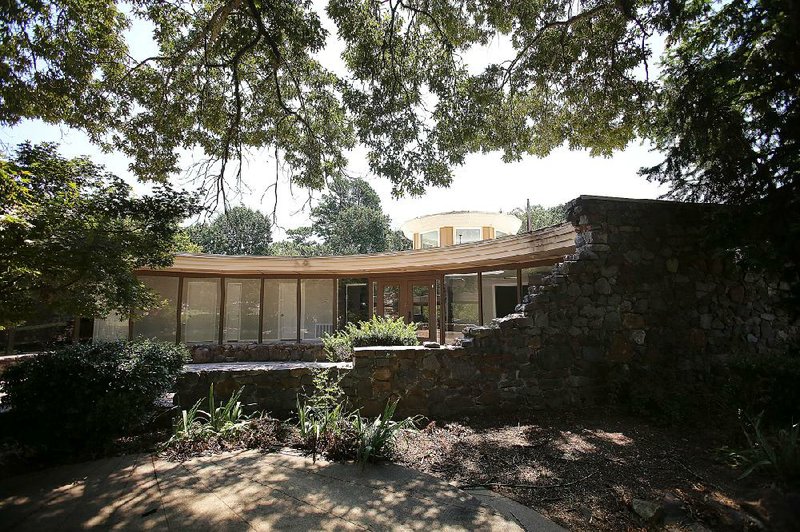A cemetery for black settlers of Conway County and a towboat ferry on the Ouachita River are two of the 12 Arkansas properties being nominated to the National Register of Historic Places.
The state review board of the Arkansas Historic Preservation Program met Wednesday in Little Rock and approved the properties for nomination, said Mark Christ, a spokesman for the program.
"While all 12 properties considered were interesting in their own right, Bold Pilgrim Cemetery's story of African-Americans establishing a new community and the Moro Bay Ferry's role in Arkansas' transportation history certainly explore some of the lesser known aspects of our shared heritage," Christ said.
He said the board should hear within two months if the properties make the National Register, which is administered by the National Park Service. The National Register is the official list of the nation's historic places worthy of preservation.
Bold Pilgrim Cemetery is near Overcup, about 7 miles north of Morrilton. A community called Bold Pilgrim "seems to have faded early in the 20th century," according to the nomination.
The 1.3-acre cemetery includes 500 to 600 graves, some of which date to the 1880s, according to the nomination. The vast majority of the graves are unmarked, but 102 of them have headstones that are still legible, documenting the names of the deceased.
Bold Pilgrim Cemetery is the final resting place for many black settlers from South Carolina.
"The cemetery is the last historic, physical remains of an African-American community made up of former slaves and their families who traveled from South Carolina to Arkansas in the 1870s through the 1890s," according to the nomination. "These immigrants were a part of the large-scale, post-Civil War exodus of blacks from areas in the Deep South, including South Carolina, North Carolina and Georgia to available lands to the west."
Many of those families eventually settled in Arkansas "after discovering a place where land was affordable and economic and political opportunities existed," according to the nomination.
The Moro Bay Ferry at Moro Bay State Park in Bradley County was a towboat and barge that operated on the Ouachita River from 1965 to 1992, according to the nomination. The towboat was built by Barbour Metal Boat Works of Missouri.
It ferried traffic across the river as part of Arkansas 15 (now U.S. 63).
"The Moro Bay Ferry towboat is a good intact example of their work, and one of several towboats that were built for ferries in Arkansas. However, today it is the last example of their work left in the state," according to the nomination. "The Moro Bay Ferry is currently located approximately 300 feet south of the eastern landing and approximately 100 feet east of the riverbank, although it occasionally still floats in the river during floods."
The other 10 properties nominated to the National Register are:
• Garland Elementary School in Little Rock in Pulaski County, which was built in 1924.
• Block Realty Building in Little Rock, which was built in 1965.
• Thomas Gray house in Little Rock, which was built in 1963.
• Cecil M. Buffalo Jr. house in Little Rock, built in 1968.
• Dr. Neil Crow Sr. house in Fort Smith, built in 1967-68.
• Meadow Spring Historic District at Fayetteville, containing buildings dating to 1870.
• Voorhees School at Clarksville, which was built in 1941.
• William Jasper Johnson house at Bull Shoals, a single-pen vernacular house built around 1900.
• Clay County Courthouse, Eastern District, at Piggott, built in 1966-67.
• Clay County Courthouse, Western District, at Corning, also built in 1966-67.
The board listed the Levon Helm boyhood home at Marvell in Phillips County, the Brown Duke Diner near Magnolia in Columbia County and the Old Galatia Church near Norfork in Baxter County on the Arkansas Register of Historic Places.
The Arkansas Register recognizes historically significant properties that do not meet National Register requirements.
Metro on 08/03/2018

